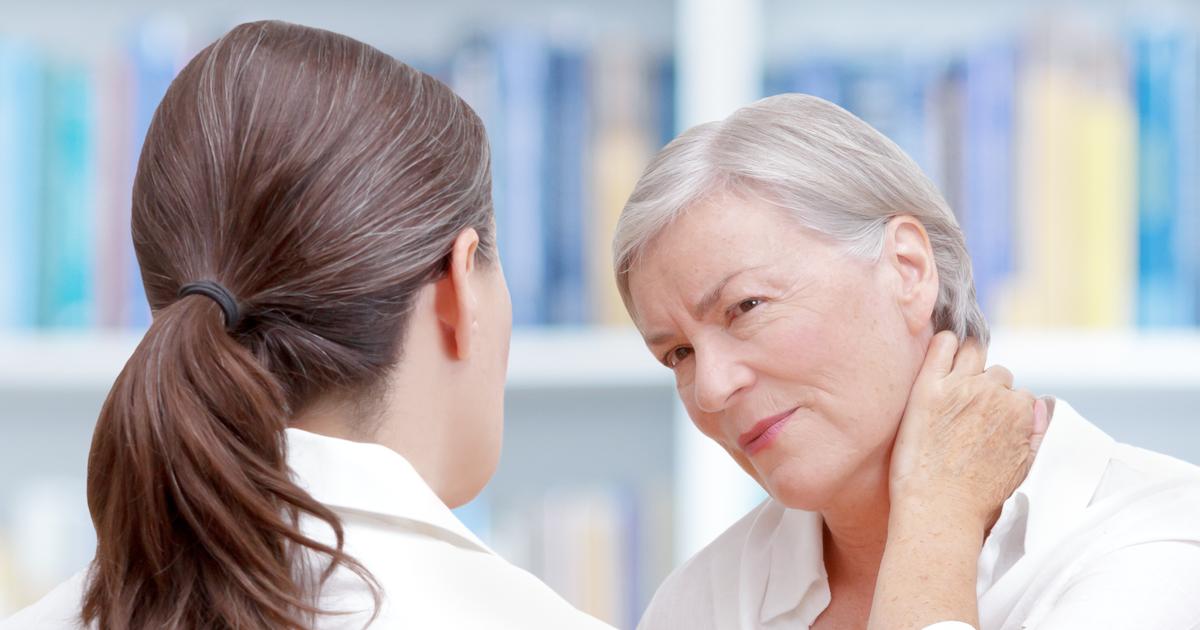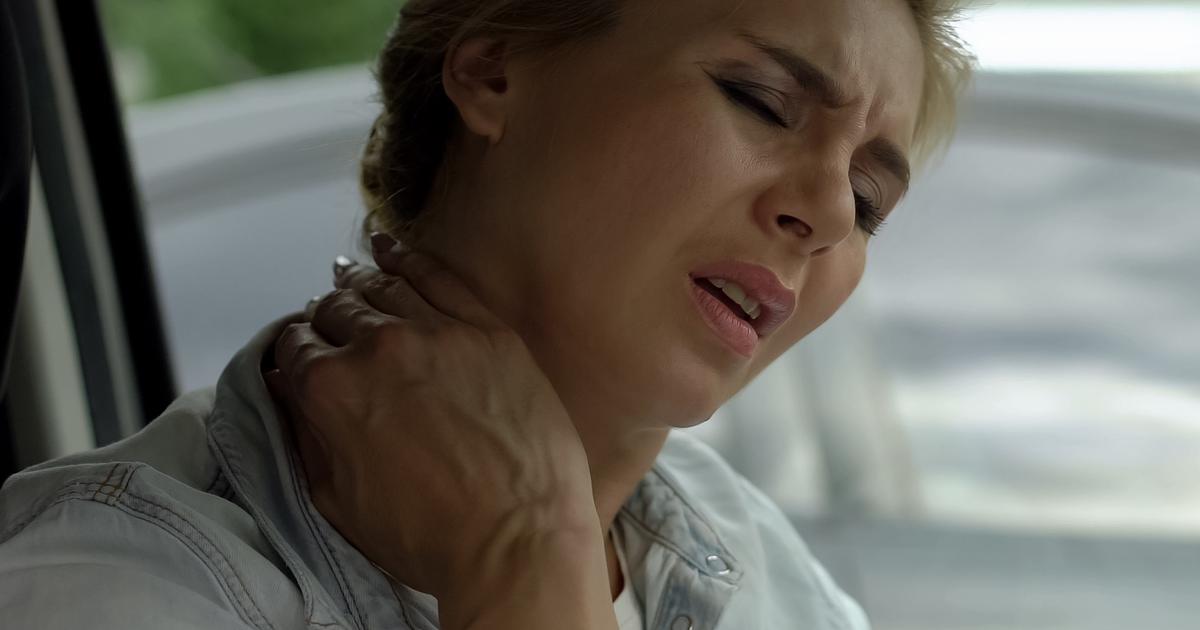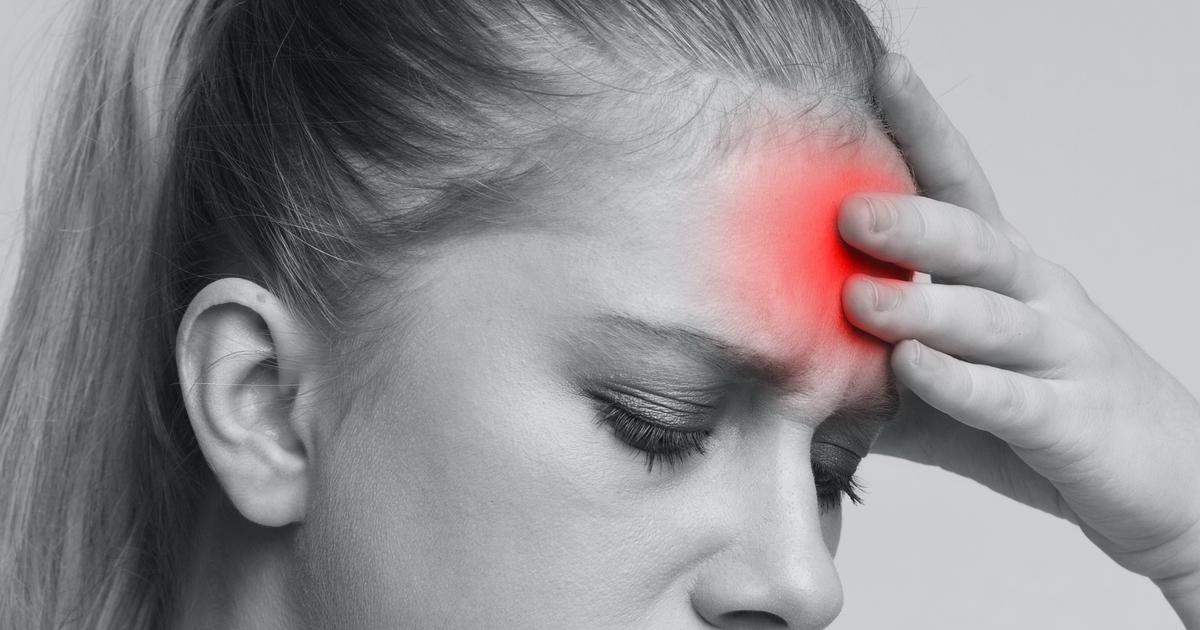Warning Signs Of Cervical Dystonia
Cervical dystonia, also referred to as spasmodic torticollis, is a condition where the neck muscles go through involuntary contractions, causing an individual's head to turn or twist to the side. The patient's head might also tilt backward or forward uncontrollably. This rare disorder is most common in middle-aged women, but it can occur in anyone of any age or gender. The symptoms tend to come on gradually and get progressively worse. Rather than progressing forever, they eventually reach a point where they plateau and don't become worse. Though cervical dystonia can't be cured, there are multiple treatments available.
It's important to understand the warning signs of cervical dystonia to receive prompt treatment. Uncover these symptoms now.
Head Twisting

The most characteristic symptom of cervical dystonia is head twisting. There are several ways in which an individual's head might twist as the muscles in their neck are pulled in different directions. Their chin may move toward their right or left shoulder, as can their ear. Some patients also experience a tilting of their chin straight up or straight down. Most commonly, cervical dystonia patients experience a twisting of the chin toward the shoulder. There have also been cases where patients experience several different abnormal postures, and there may also be jerking of the head. These motions occur when the neck tenses up, which leads to involuntary movements of the muscles. Affected individuals may feel as though they can't move their head back to a normal position. The muscle spasms and tension may pass, or they may last for long periods. Most patients don't have a known cause behind their cervical dystonia, though there have been cases where individuals with a family history of cervical dystonia develop the condition.
Read more about the warning signs linked to cervical dystonia now.
Neck Pain

Cervical dystonia often causes neck pain, as when the muscles tense up and spasms, this leads to radiating pain in the nerves. The pain may be centralized in the location where the muscle spasms occur, but it might also radiate outward into the head or shoulders. Aching in the shoulders is common with several disorders, and it's also one of the most common types of muscle pain. The treatment for cervical dystonia often focuses on managing pain alongside muscle spasms. There aren't medications specifically FDA-approved to treat cervical dystonia. However, certain medications like baclofen may be able to help treat the pain caused by muscle spasticity. The pain tends to get progressively worse as the symptoms and spasms get worse. It may be frustrating and anxiety-inducing. There may also not be enough recovery time between muscle spasms for the pain to fully abate, especially if the patient is tense and anxious waiting for the condition to recur. While symptoms may subside for short periods, they don't tend to disappear entirely.
Discover additional symptoms of cervical dystonia now.
Headaches

As the neck pain can radiate to the shoulders, it can also radiate to the head. Patients might be surprised to discover how many headaches are caused by pain in the neck, shoulders, or back. Some find pressing down on sore vertebrae can help alleviate headaches that feel like migraines. In a similar vein, alleviating the muscle spasms and tension in the neck can help keep pain from radiating to the skull. Patients might feel the pain from cervical dystonia in the base of their skull or the back of their head. It might also present as a tension headache, which is the most commonly observed kind of headache. This kind of headache occurs when individuals have a mild or moderate feeling of pain like a band wrapped around their head. The causes of tension headaches aren't understood well, but it's theorized muscle pain in the back and neck can be one of them. If cervical dystonia is causing headaches, there may be treatments available to help manage the pain.
Get more details about the warning signs of cervical dystonia now.
Extreme Exhaustion

Cervical dystonia can lead to extreme exhaustion, though not everyone with the condition will experience the same levels of tiredness and exhaustion. Having cervical dystonia doesn't mean an individual is more predisposed to fatigue or tiredness due to their brain chemistry. But when their muscles experience this kind of spasticity, there's a high likelihood of they will be kept awake during the night. Patients may wake up in pain when their muscles spasm, or they might have trouble getting to sleep because of the pain. If individuals are in pain while they sleep, their sleep quality may be restless and disturbed, so they may feel like they haven't slept at all in the morning. On top of interrupted sleep patterns, the pain from cervical dystonia can drain a patient's energy by itself, by pulling a lot of focus and awareness. The body has to use a lot of energy to fight off the pain, which can make it difficult to perform day-to-day tasks.
Continue to reveal additional cervical dystonia symptoms now.
Neck Muscle Enlargement

Cervical dystonia often presents with an enlargement of the neck muscles, though it may only involve enlargement of the muscles experiencing spasticity. Part of this may be because the muscles are used much more often and more spasmodically, which leads them to develop more bulk and definition. Part of it may also be that the neck muscle becomes turned or twisted to such a degree that it seems unusually enlarged. About three in every four patients with cervical dystonia will experience some enlargement of their neck muscles. Patients may also have a head tremor, about half of all cervical dystonia patients do, which might contribute to the development of enlarged muscles. One shoulder might be raised unusually, leading their body to have a lopsided appearance. The enlargement of neck muscles might be mild to severe.
